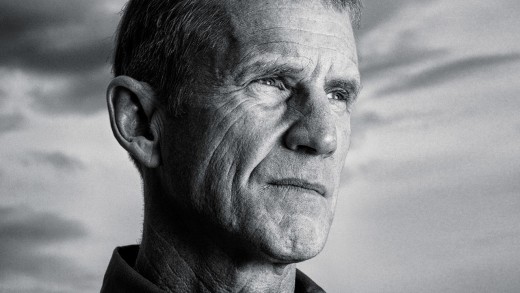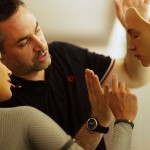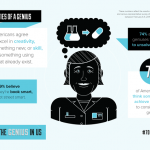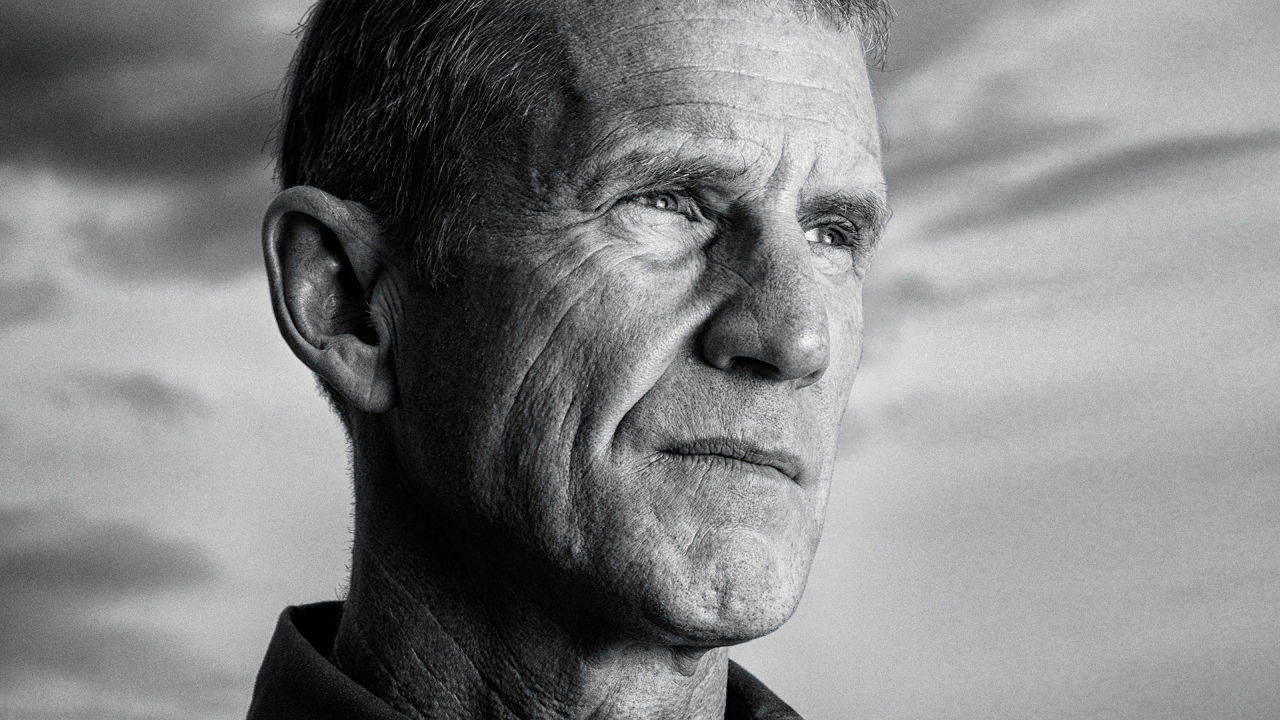Let common Stanley McChrystal explain Why Adaptability Trumps Hierarchy
disregard everything you ever knew about your company’s org chart—and that’s the reason an order.
could 12, 2015
Dr. E.J. Caterson and Dr. Matthew Carty are contributors of some of the world’s most interesting reconstructive plastic surgery groups, working out of Boston’s Brigham and girls’s health facility. they have reattached faces, salvaged legs, and saved lives. Seven years ago, they labored on a affected person whose face had been torn off when she used to be mauled through a pit bull. The crew opened up the canine’s abdomen, removed the face, and reattached it. today, when you noticed this affected person on the road, you wouldn’t bat an eye fixed. At 3 p.m. on April 15, 2013, Caterson and Carty had simply efficiently accomplished a ten-hour operation on an adolescent with an extreme facial fracture. They had been about to head residence to their families when their resident physician got here in and mentioned, “whats up, a bomb simply went off.”
a couple of minutes past, two force-cooker bombs had ripped in the course of the end line of the Boston Marathon, killing three individuals and critically injuring more than 200.
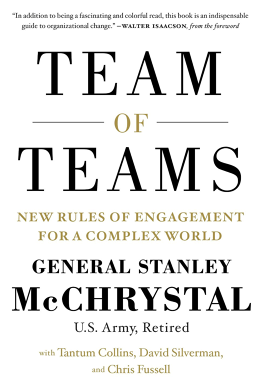
“[The team] simply walked proper from the OR to the emergency room,” Caterson says, where different running groups converged. Casualties started rolling into the ER however, as Carty remembers, “no one had any experience of what the scope of the event used to be. so far as we knew, this might be three,000 people.”
Working with trauma surgeons, orthopedic surgeons, and vascular surgeons, Caterson’s group helped devise treatment plans for the circulate of injured patients, before triaging them to the working room. These surgeons had all collaborated up to now and now made decisions as a collective, Caterson explains. one of the vital injured sufferers came in with a badly mangled leg that regarded like it would must be amputated above the knee. but the surgeons were determined to keep away from that route, on the grounds that an above-knee amputation method as much as a 70% increase in energy expenditure to walk for the remainder of one’s life, leading to cardiovascular and pulmonary considerations and incessantly triggering early joint failure. The team went to work, taking skin grafts from the sufferer’s leg and back, threading them with a single 2 millimeter-thick blood vessel, and eliminating and changing the bone in his leg in an attempt to salvage and reconstruct his knee. Eight surgeries later, he had recovered with a functioning knee—the results of a meticulously rebuilt mechanism within the absence of the anatomic stump that is generally vital for a below-knee amputation. “That was once an entire deviation from normal practices,” Caterson says. “but because of this, that person will be capable of run a marathon again.”
Brigham and girls’s had by no means simulated a mass-casualty state of affairs throughout a couple of trauma services and products. There used to be no actual plan, and indisputably no rehearsal. Their response was merely an extension of what they do each day—adapt. A unit functioning as a command, with members ready for guide from authority, would had been too hidebound to reply successfully. there is no clinical school path on disposing of a human face from a canine’s abdomen, and in time-critical situations, no time to habits a study or draw up a blueprint. The human physique is a complex and interdependent device, and surgical procedures can diverge from a plan. “each affected person is completely different. no one has an identical fracture,” Carty says. “Operations are unpredictable. You all the time need to adapt.”
If the Brigham and girls’s surgical teams’ response to difficulty illustrates the virtues of adaptability, the GM ignition-change scandal that erupted just about a yr later illustrates the every now and then deadly dangers of organizational stress.
On April 1, 2014, Mary Barra, the CEO of normal Motors, stepped into a somber, wooden-paneled room filled with cameras and congressional representatives. Tim Murphy, Republican consultant of Pennsylvania, initiated the court cases: “I now convene this listening to of the Oversight and Investigation Subcommittee, titled ‘The GM Ignition change do not forget: Why Did It Take goodbye?’”
this question had been on the general public’s thoughts considering GM had issued a consider of 800,000 autos two months previous. A erroneous ignition swap had been used within the Chevy Cobalt and the Pontiac G5; a vulnerable spring meant that small quantities of pressure utilized to the important thing when within the ignition—a bump via a knee or the tug of a heavy key chain—might result in the engine to show off. The ignition shutoff also disabled airbag deployment, considerably increasing the risk of the fault.
“As soon because the Chevy Cobalt rolled off of manufacturing lines in 2004,” consultant Murphy learn to the packed listening to room, “buyers started submitting complaints about the ignition change. In 2004 and 2005, GM engineers twice regarded as the problem, however it wasn’t until December 2013 that the company eventually put the pieces together . . . nearly 10 years after clients first informed GM the Cobalt ignition switch didn’t work.” In these 10 years, at least thirteen individuals died.
GM gave the look to be the last word evil employer. For four hours, righteously offended politicians alternately wondered and berated Barra. Press coverage highlighted GM’s greed. the truth, on the other hand, was extra complex. What seemed like a chilly calculation that privileged income over lives used to be also an example of institutional lack of expertise that had as much to do with management because it did with values. It was once a perfect and tragic case study of the effects of data silos and internal distrust. At GM, inner rivalries—the final result of separate divisions and a aggressive culture—inhibited communique. The air baggage and ignition methods had been overseen with the aid of two completely different groups, which explains how the slightly simple-to-restoration ignition difficulty “handed through an excellent collection of committees” with out ever being addressed. GM’s byzantine organizational structure meant that no person—venal or kindly—had the tips to make the an important decision.
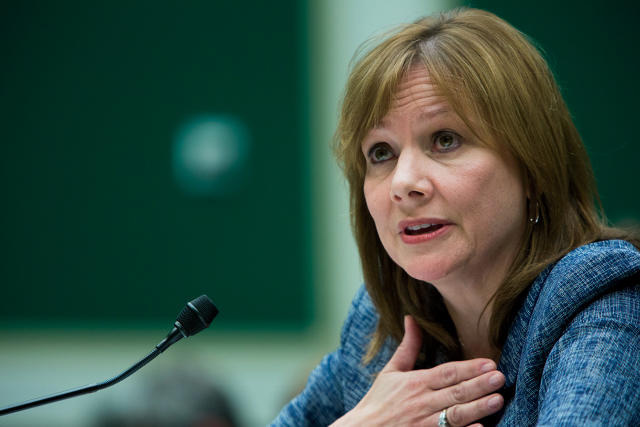
Why used to be GM unable to adapt to a challenge that many in the organization saw coming for years, when a crew of surgeons was ready to improvise around an unpredictable difficulty on the fly? What basic structures resulted in the inertia and ossification of one of the usa’s nice corporations?
the answer to that query tells us quite a bit about the kind of group that prospers in a local weather of uncertainty.
Sandy Pentland is an MIT professor who studies the results of data go with the flow on firms and communities. having a look at very massive knowledge units, Pentland has discovered that sharing information and creating sturdy horizontal relationships improves the effectiveness of everything from companies to governments to cities. His research suggests that the collective intelligence of teams and communities has little to do with the intelligence of their particular person individuals and way more to do with the connections between them. Pentland writes about “concept go with the flow,” the ease with which new ideas can permeate a bunch. the two major determinants of concept drift, Pentland has found, are “engagement” inside a small group, like a staff, department, or local, and “exploration”—normal contact with other units. In different phrases, a team of groups.
Pentland has performed studies at various corporations, outfitting employees with badges that produce exact, quantitative measures of how folks engage. At a Chicago-area IT consultancy, he accrued a thousand million measurements in one month—1,900 hours of information—and located that engagement was once the important predictor of productivity, exceeding person intelligence, personality, and talent. The teams that had the easiest levels of inside engagement and exterior exploration had so much greater ranges of inventive output.
whether within the scientific world or the manufacturing world, the group as a rigidly reductionist mechanical beast is an endangered species. Armed with unheard of quantities of knowledge, leaders can peer into what’s happening almost because it happens, and this data can seduce them into considering that they can predict complicated scenarios. however the velocity and interdependence of our current atmosphere signifies that what we can’t know has grown even quicker than what we will comprehend. Leaders should find a way to empower their groups to search out the best way.
(348)

